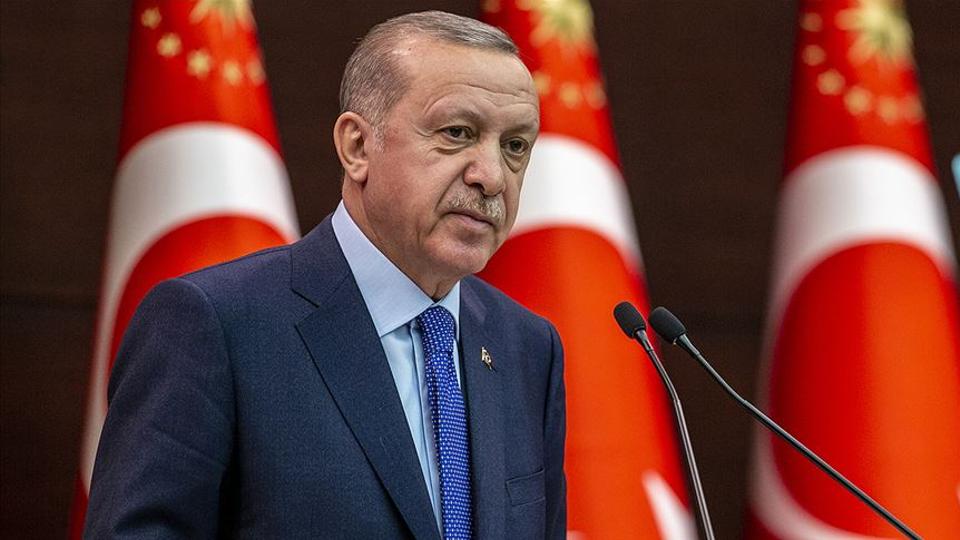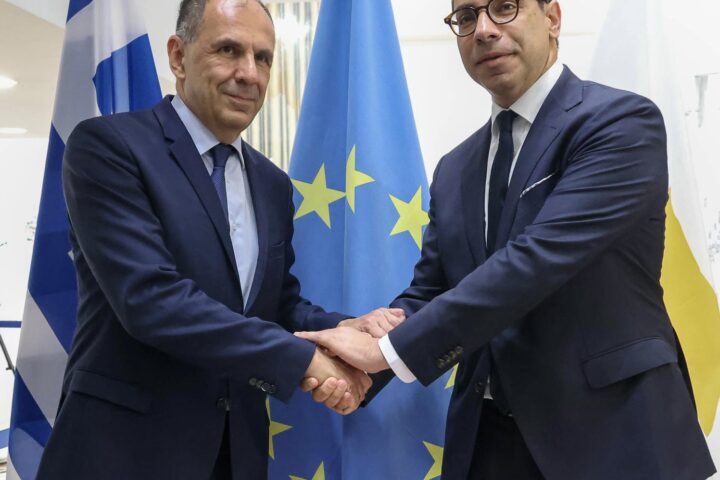The Turkish lira remains volatile as traders digested measures proposed by President Tayyip Erdogan and the Turkish central bank to guard local currency savings against the drop in value.
On Tuesday, the lira fell as much as 8.6% intraday and rose 18.5% on its second-largest daily range.
It closed the session up 6% at 12.4 per dollar.
The pickup in the value of the Turkish currency comes after the Turkish central bank said it would support the conversion of foreign currency deposit accounts into lira deposit accounts to encourage reverse dollarization further.
At its lowest ebb, the lira was down some 60% on the year, a direct result of Erdogan launching an interest slashing campaign in September, ordering the central bank to start lowering borrowing costs.
On Monday, it fell to a new record low of 17.8 against the dollar and 18.54 against the euro.
The drop followed Erdogan’s speech delivered to business circles on Sunday, where he said he was to stick to Islamic doctrines on usury.
“As a Muslim, I will do what the doctrines dictate…the river only flows one way, and no one should expect anything different from the government”.
Since September, Erdogan has pushed for 500 basis points of interest rate cuts, setting off Turkey’s worst currency crisis in two decades, with the lira crashing 35% in the last 30 days.
Following Erdogan’s and the central bank’s latest move, around $1 bln was sold in markets after the measures, the head of the Turkish Banks Association said.
“In the event that residents, who already had an FX deposit account … convert their accounts into Turkish lira time deposit accounts will be eligible to benefit from the incentive,” the central bank said.
According to central bank data, more than half of locals’ savings are in foreign currencies and gold due to a loss of confidence in the lira after years of depreciation.
“I imagine the market was very short, and the measures announced by Erdogan to protect domestic investors’ savings from lira fluctuations provided some impetus to cover those shorts,” Reuters quoted Shaun Osborne, chief FX strategist at Scotiabank in Toronto.
Trust restored
In an attempt to explain Erdogan’s move, Associate Professor of Finance at the University of Cyprus, Andreas Milidonis, said it was an attempt to restore trust by local depositors in the lira.
“For this to happen, they introduced an instrument that resembles ‘convertible Turkish lira deposits’.
“This tool promises local depositors they will not be affected by changes in the lira vs the dollar if they keep their deposits in lira at the banks,” the finance professor tweeted in a thread.
“But where does the currency risk go?
“The currency risk is moved from the local depositors to taxpayers.
“Shifting the currency risk to the taxpayer means that the implied probability of default of Turkey will increase. New debt issuance is also possible down the road.”
Milidonis said the positive side is that trust by local depositors might be partially restored.
“The negative side is that now there are two interest rates: a visible one by the Central bank at which people/business can borrow, and a hidden one (higher) that the depositors enjoy.”
Erdogan has increased interest rates for some people (savers) but not for others (borrowers).
“Any junior finance student would recognize the arbitrage opportunity.”










